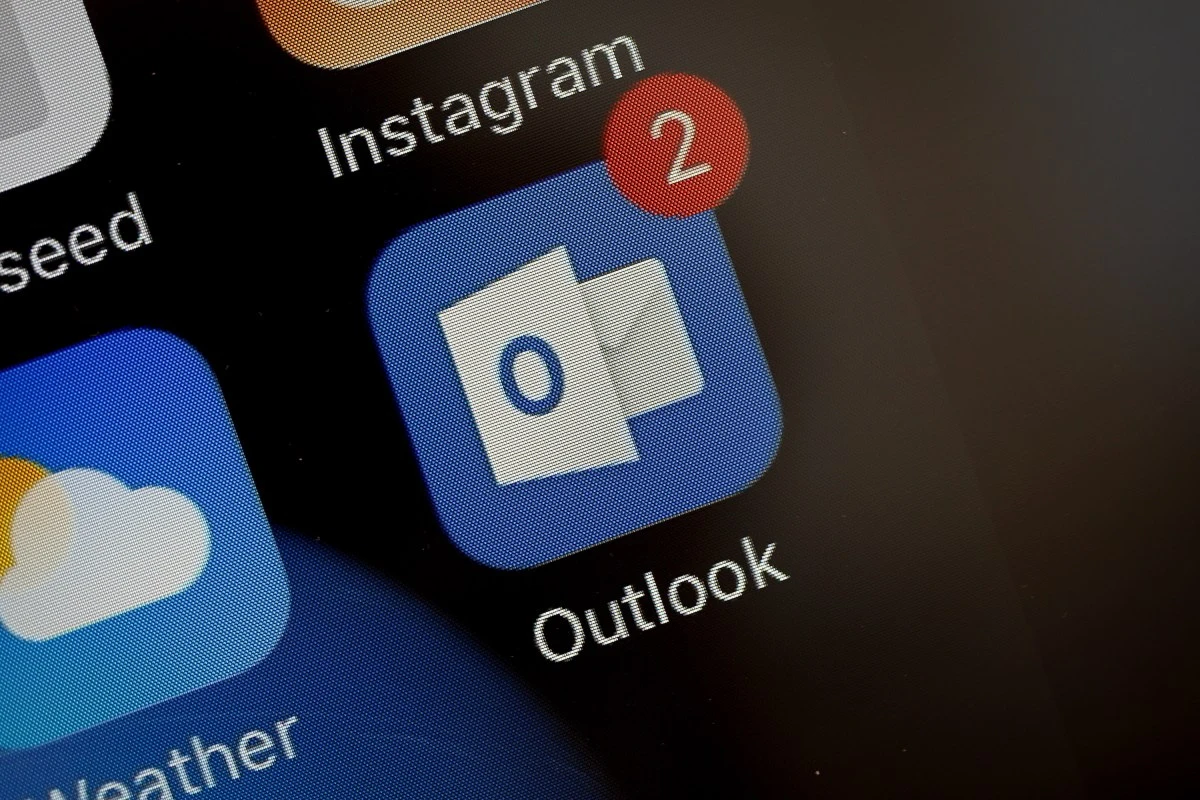A researcher has found a way to impersonate Microsoft corporate email accounts, which could make phishing attacks harder to spot.
My initial question was did this “researcher” just discover SMTP Open Relay? Cause if so I can do the exact same thing by configuring my SMTP server to open relay then using telnet to connect to it and issue the SMTP commands directly and it will send the email as though sent from whatever email address I want. This has been a known issue with SMTP for decades at this point and can’t be reliably resolved with SMTP, but since the whole world uses it for email, its probably not going away any time soon. However to mitigate it as much as possible is what DMARC DNS entries are supposed to help with, by providing assurance that the email was sent by an SMTP server allowed to send email on behalf of the domain.
I used to send people emails from themselves to demonstrate why they can’t trust the “from” address when they get an e-mail.
However to mitigate it as much as possible is what DMARC DNS entries are supposed to help with, by providing assurance that the email was sent by an SMTP server allowed to send email on behalf of the domain.
+DKIM and SPF as long as we’re naming email authentication methods.
yup, those too.
Exactly. Show me the Authentication-Results header or gtfo.
“Microsoft just said they couldn’t reproduce it without providing any details,” Koroin told TechCrunch in an online chat. “Microsoft might have noticed my tweet because a few hours ago they reopen [sic] one of my reports that I had submitted several months ago.”
lol
The bug, according to Kokorin, only works when sending the email to Outlook accounts.
Sounds like it’s something client side or specific to Microsoft’s o365/outlook.com servers. Could be the exploit bypasses header verdicts for SPF/dkim/dmarc



